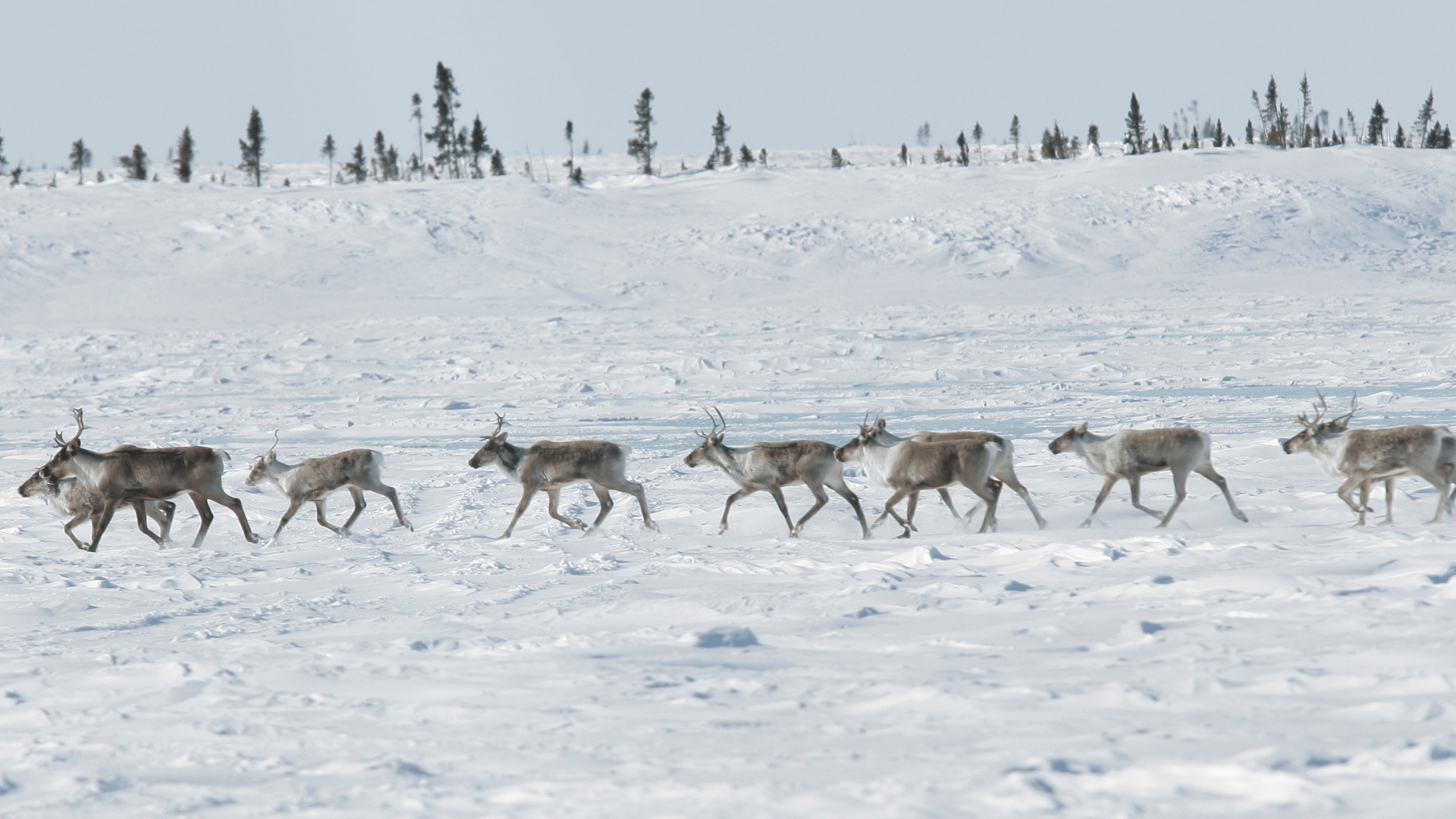Spring has sprung, and it’s time to make your lawn stand out from the rest. To ensure your yard turns heads, we’ve compiled a list of our top five spring lawn care tips.
Cleaning Up From Winter
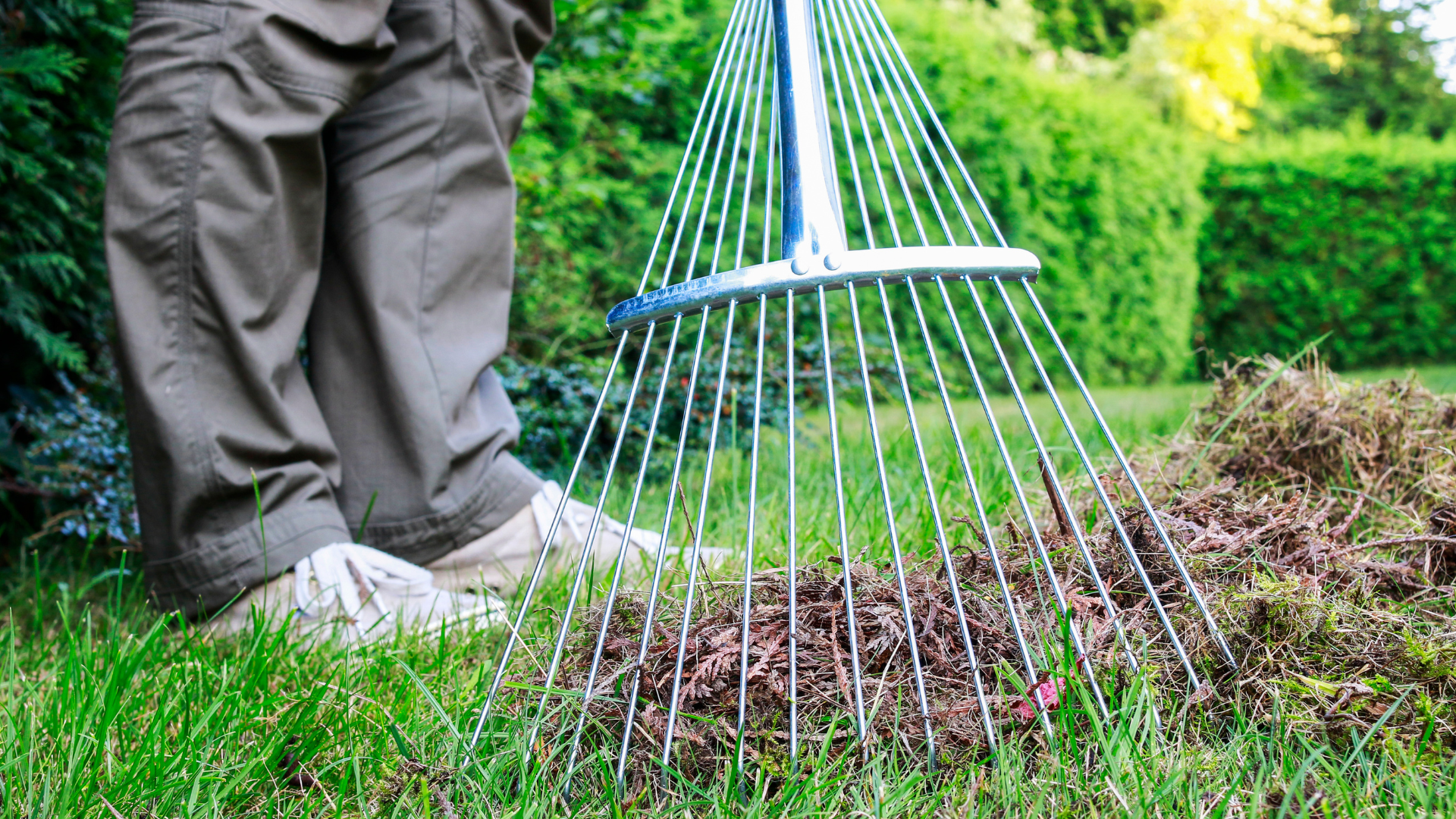
Once all of that snow melts away, especially if you’re in the northern United States, there will be a lot of leaves and natural debris from the winter season. Before that first mow of the year, it’s important to rake out any leaves, branches, or clumps of dead grass. Alleviating thatch, which is a layer of leaves, dead grass, or roots between live grass and soil, allows water and air to reach the grass.
Spring rakes are recommended for the first rake of the season. It’s also important not to rake when the soil is soft or muddy.
Aerate the Soil
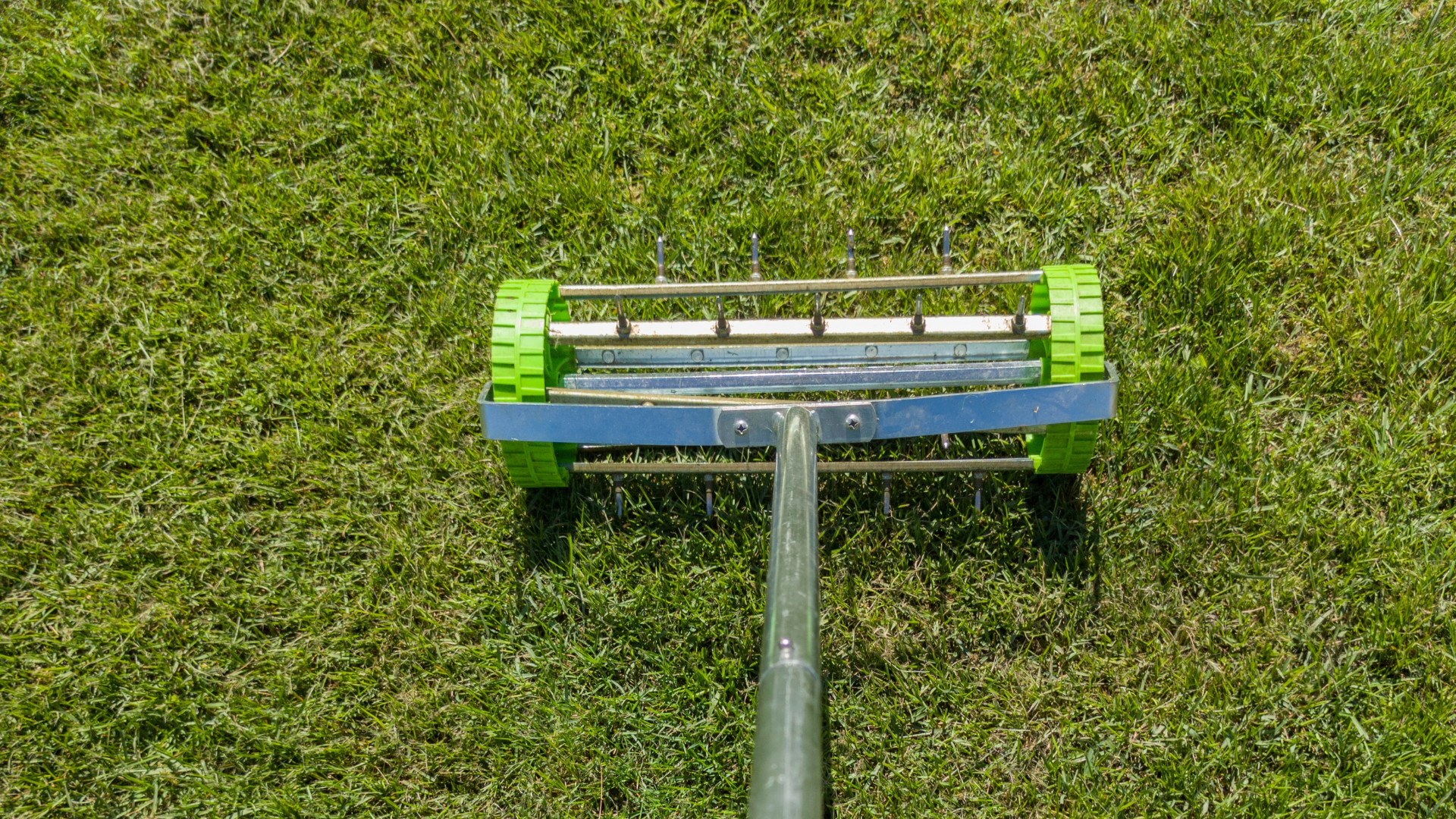
Another good way to reduce thatch and compacted soil is to aerate the ground. The best method is to use a core aerator, whether a manual or a rolling aerator. This process plugs holes in the soil, allowing water, air, and nutrients to reach the grassroots. For cold-season grasses, such as perennial ryegrass and Kentucky bluegrass, you can aerate in the early spring. For warm grasses, like Bermuda grass, aerate in the late spring.
A thriving lawn only needs to be aerated every two to three years!
Water the Lawn
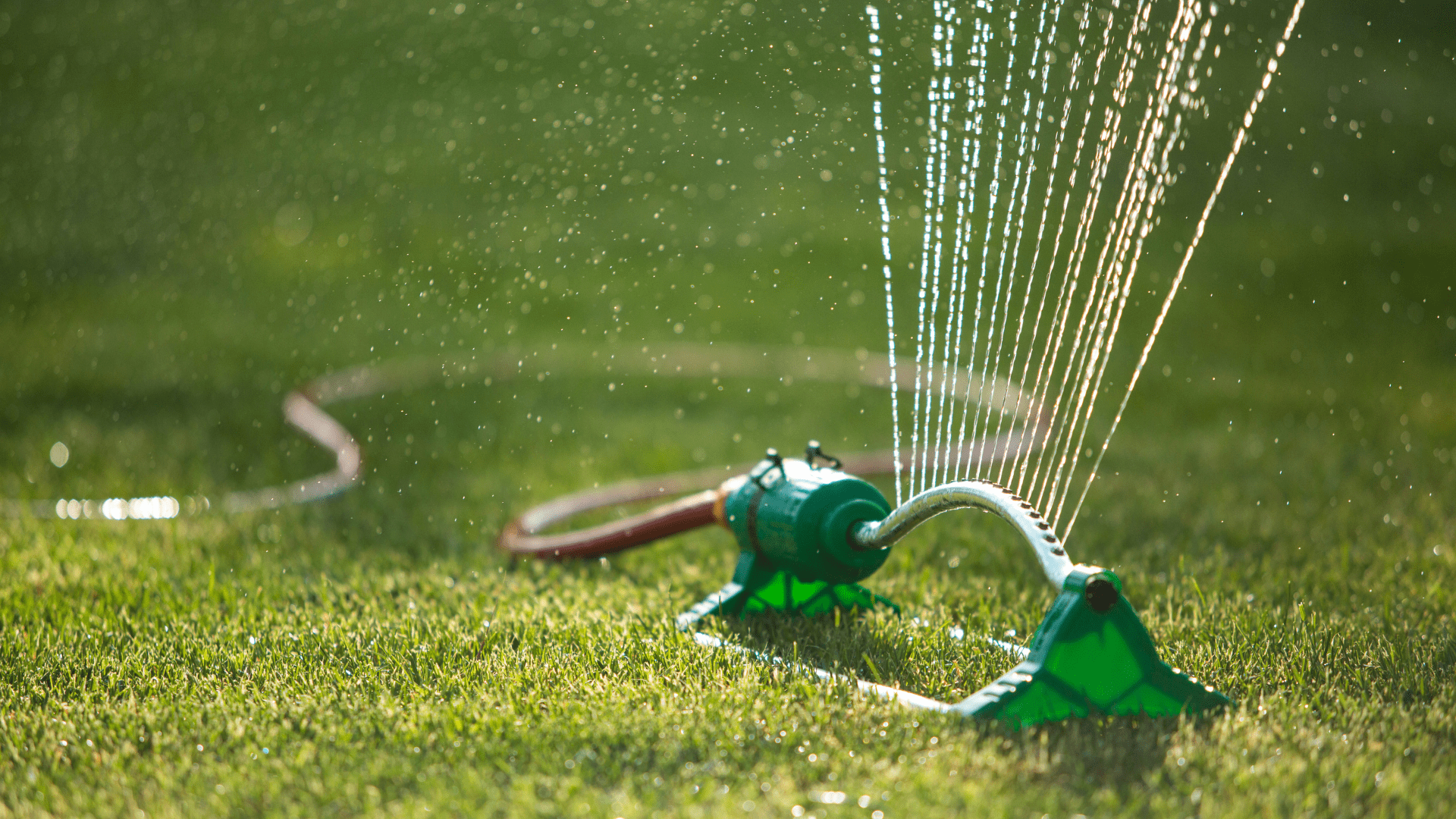
Keeping your lawn hydrated is key to a green and lush yard. The average yard needs about an inch of water per week, whether from rain or a garden hose, sprinkler, or irrigation system. Water is crucial for a thriving yard. It’s important to water your lawn, especially in the summer, before 10 a.m. to avoid evaporation. In addition, water deeply to ensure your grass gets long, deep roots.
Feed the Grass
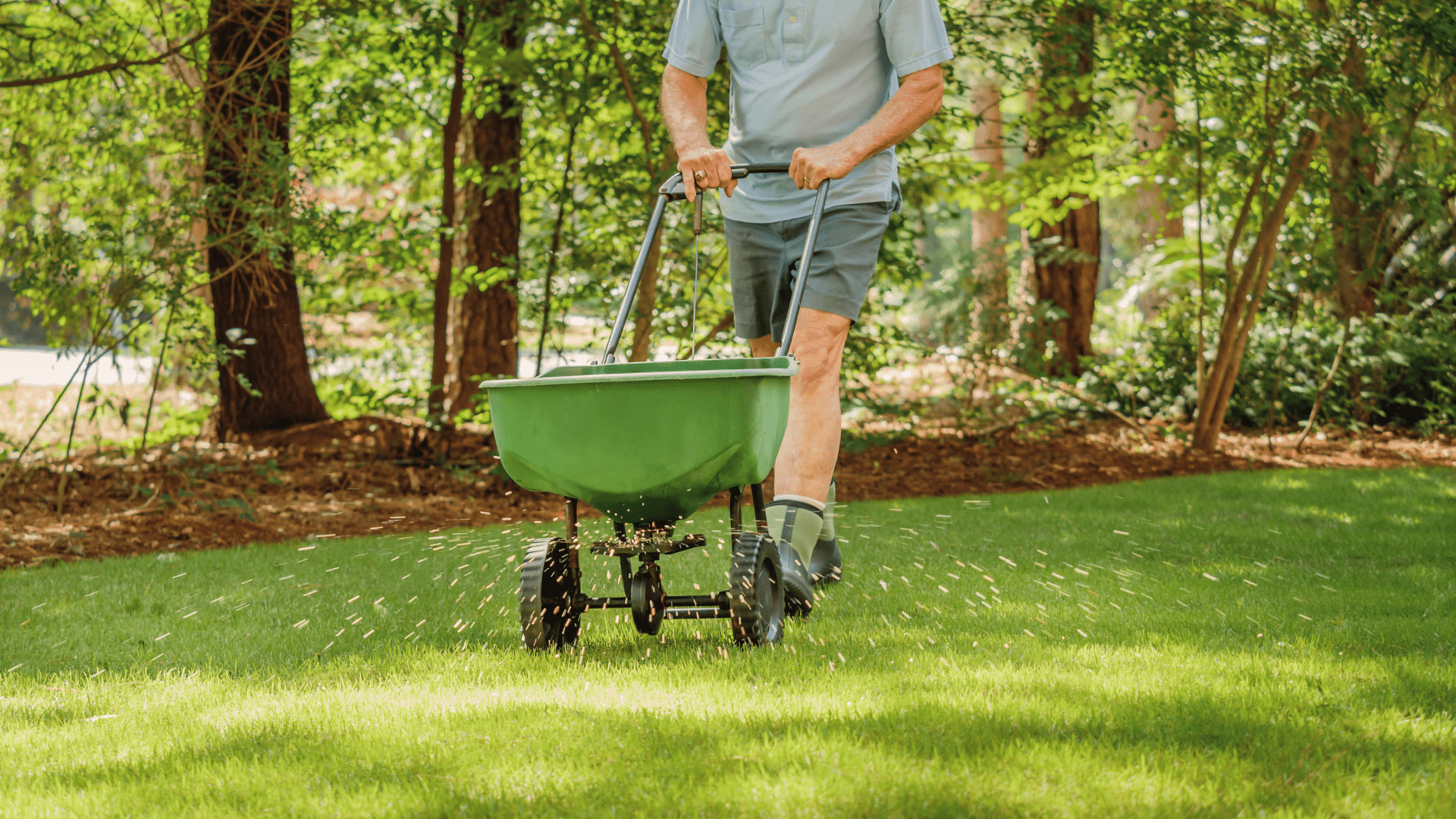
Feeding the grass some fertilizer is a great way to a luscious lawn. Apply spring fertilizer about three weeks after the grass starts getting green again or following the first two or three mows of the season. If you fertilize too early, you risk feeding some of those nasty weeds.
Take notes from the previous tip because it’s important to water your lawn about three days before fertilizing or feeding it. If you’re having problems with crabgrass, there is fertilizer that prevents it. It’s also a good idea to have a fertilizer spreader to make feeding your grass a little easier.
Mulching

Let’s not forget the beauty that surrounds your yard. This is especially important for the plant beds around your lawn. Once the soil is dry, lay down a two—to three-inch layer of mulch. Not only does this make your flower or plant beds more aesthetically pleasing, but it also helps prevent weed growth because the sun can’t reach past the mulch. It’s also important not to apply too much mulch to your plants.
Tomorrow’s World Today may receive an affiliate commission if you purchase an independently reviewed product or service through a link on our website.






